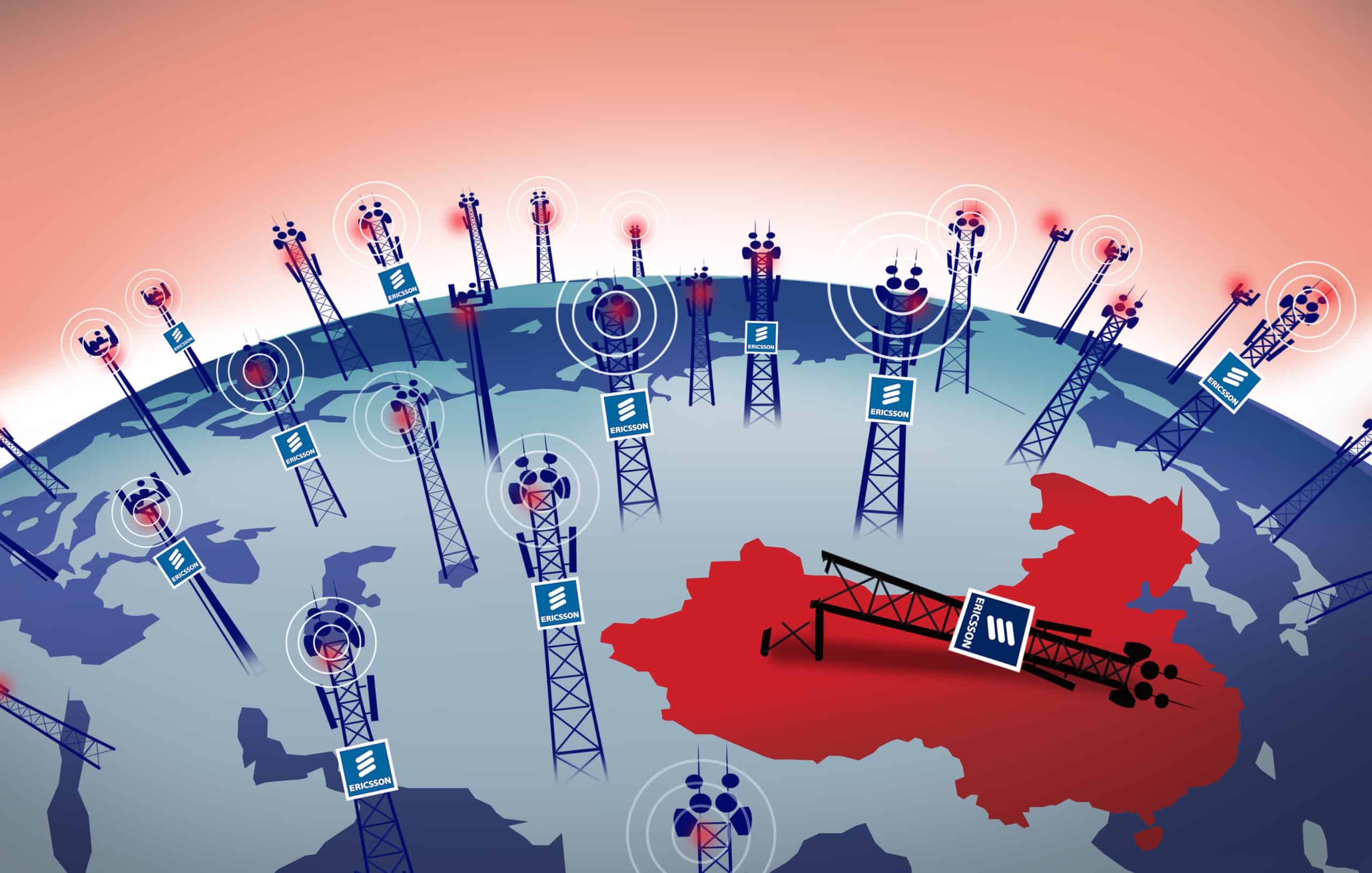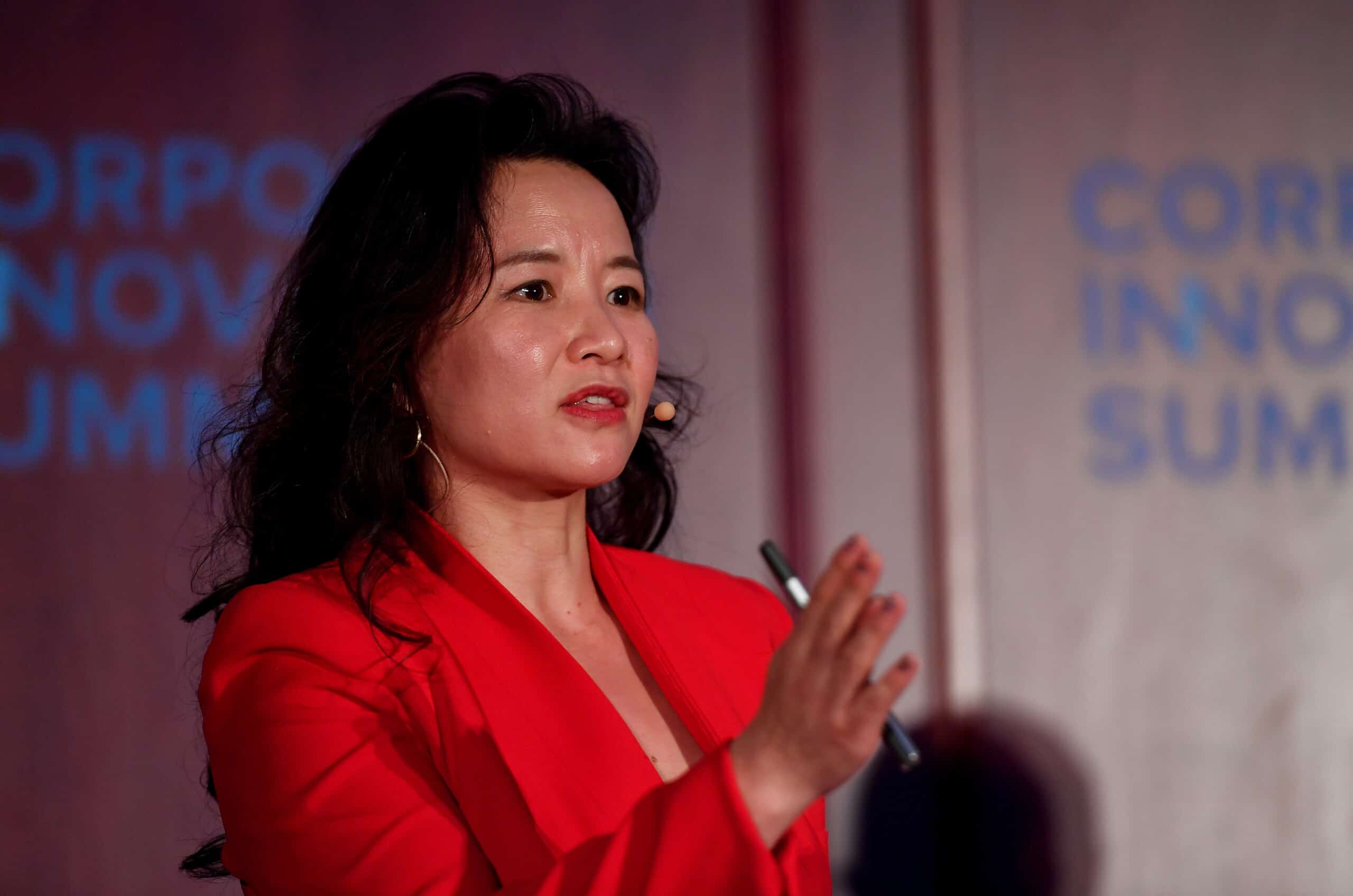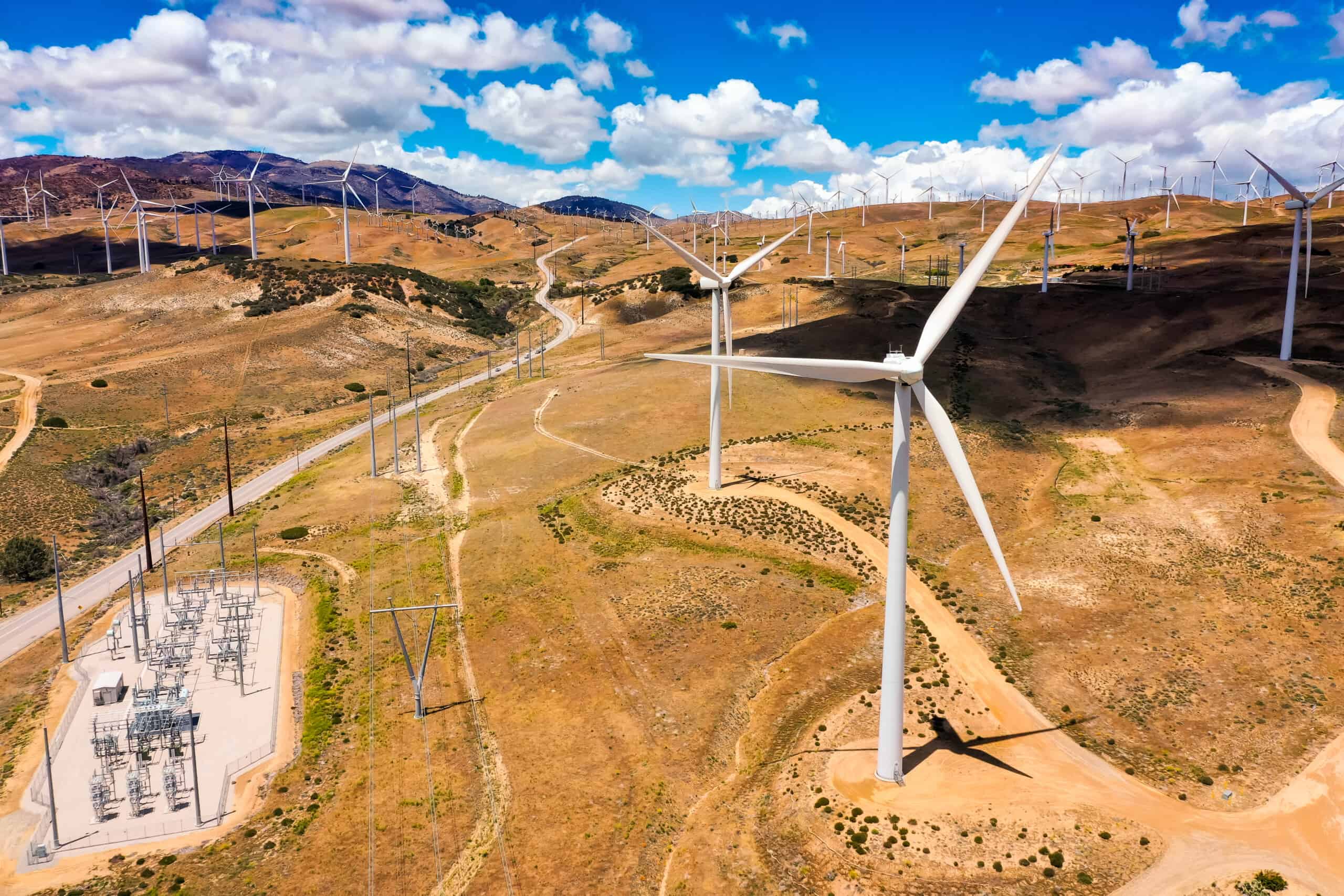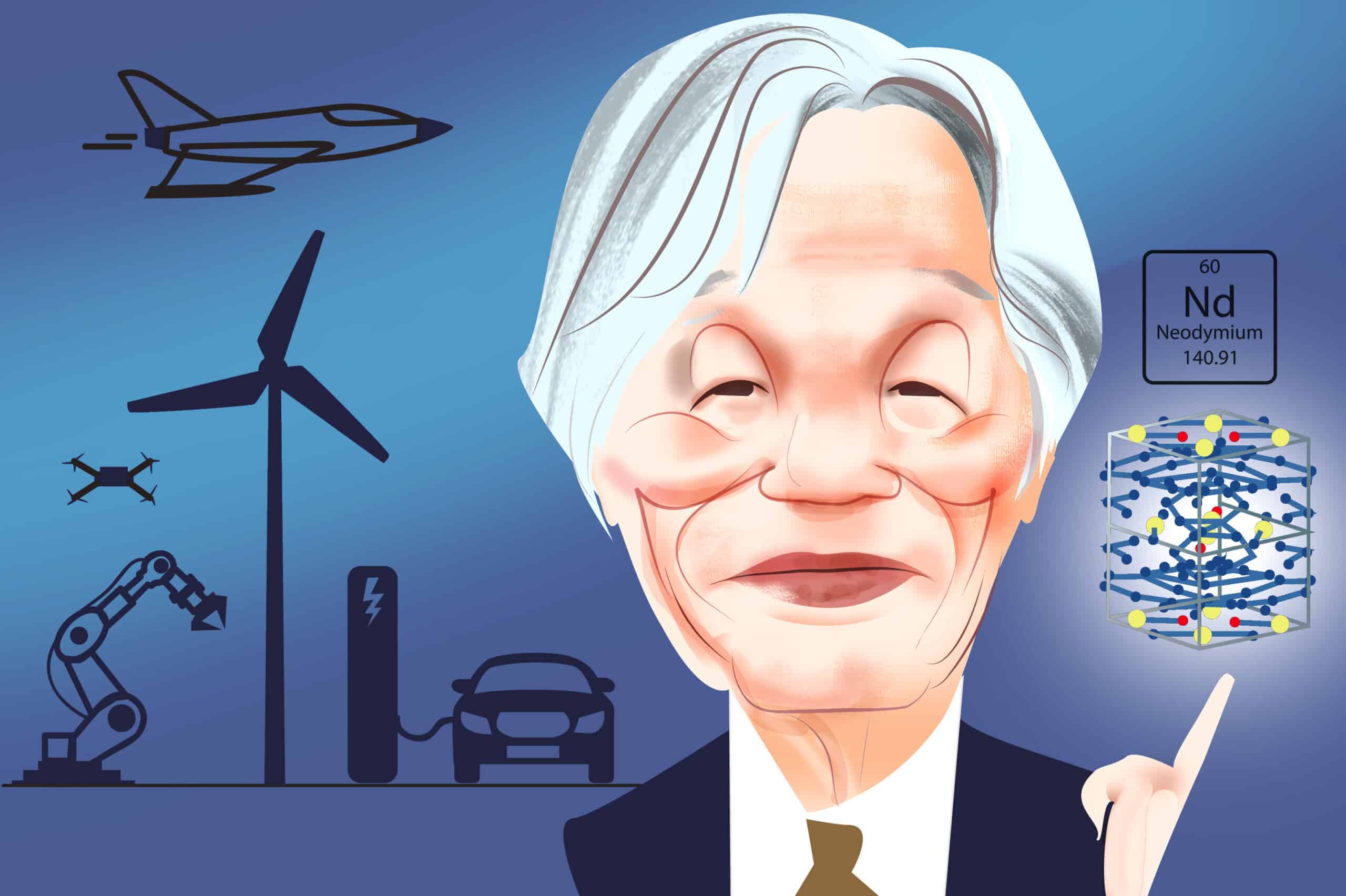Good evening. Can Ericsson survive after being shut out of China? Business gospel would say ‘no,’ but our cover story this week looks at the 5G fracture and the surprising position the Swedish telecom giant finds itself in. Elsewhere, we have infographics on the semiconductor supply chain, which has been the target of a flurry of regulatory activity in the past month; an interview with Hal Brands on how to navigate America’s ‘danger zone’ with China; a reported piece on Cheng Lei, the news anchor caught in the Sino-Australian crossfire; and an op-ed about the big payoff that could come from U.S.-China climate coordination. If you’re not already a paid subscriber to The Wire, please sign up here.
Want this emailed directly to your inbox? Sign up to receive our free newsletter.

The 5G Fracture
It is business gospel in the West that for a corporation to be globally competitive, it must be competitive in China. But what happens when an international company loses the chance to compete in the world’s second largest economy? As Luke Patey reports, the Swedish telecommunications giant Ericsson shows a possible post-China future may not be as bleak as imagined.

The Big Picture: Semiconductor Shakeup
It’s been a frenetic month of news in the semiconductor industry, following a flurry of regulatory activity in Washington aimed at boosting American chipmaking capacity and stemming the flow of chips to China. This week, infographics by Eliot Chen look at key nodes in the semiconductor supply chain and what recent events mean in the competition over its control.
A Q&A with Hal Brands

Hal Brands is a professor of Global Affairs at the Johns Hopkins School of Advanced International Studies, a scholar at the American Enterprise Institute, and a former special assistant to the secretary of defense for strategic planning. His latest book, co-authored with Michael Beckley, is Danger Zone: The Coming Conflict With China. In this week’s Q&A with Brent Crane, he talks about his new book; why China’s best days are behind it, both strategically and economically; how that could lead to China lashing out; and why he fears U.S. strategy isn’t coming together quickly enough.
Hal Brands
Illustration by Kate Copeland

The News Anchor Caught in the Sino-Australian Crossfire
Cheng Lei, a prominent Australian journalist, has been detained in China for two years. Can the new Australian administration reset relations and finally help set her free? Katrina Northrop reports.

A Big Payoff from U.S.-China Climate Coordination
Although the United States and China have both begun to make significant strides toward carbon-free electricity generation, they could move even faster if they worked together, argue Jiang Lin and Michael O’Boyle in this week’s op-ed. New research shows that both could decarbonize their grids by 80 percent between now and 2035.
Subscribe today for unlimited access, starting at only $19 a month.



